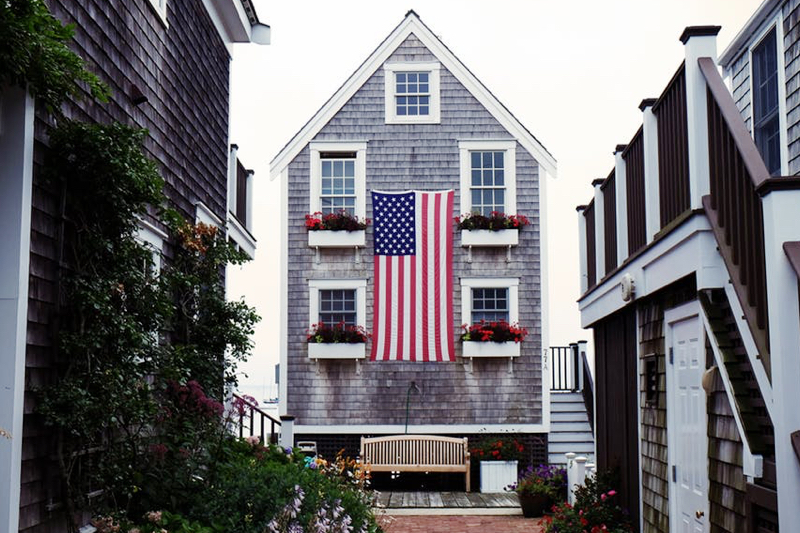
Refinancing typically involves closing costs and paperwork, but for homeowners who have a VA loan guaranteed by the U.S. Department of Veterans Affairs, the path to refinancing can be simple and affordable.
That is because of the VA Interest Rate Reduction Refinance Loan program, also known as VA Streamline Refinance or by its acronym, IRRRL. This loan is easy to apply for and normally does not require much underwriting or an appraisal of the property’s value.
Here’s a summary of the guidelines:
• VA IRRRLs can only refinance an existing VA loan into a new VA loan, and the veteran can receive no cash out as a result. Other options exist to refinance a non-VA loan into a VA loan.
• You can use the refinance to get a lower interest rate or to switch from an adjustable rate loan to one with a fixed rate.
• The borrower need not occupy the home but must certify that the home originally was owner-occupied. This relaxed standard is a big plus for homeowners who have moved out of their VA-financed residence and want to refinance.
• The closing costs for an IRRRL can be paid up front, financed into the new loan amount or absorbed through a slightly higher interest rate.
• The loan term can be extended from 10 years up to 30 years or reduced from 30 years to 15 years. Shortening the loan can produce a higher monthly payment but also significant savings in interest over the life of the loan.
• The monthly payment on the IRRRL must be lower than the payment on the original VA loan. There are three exceptions to this rule: when the refinance is from an ARM to a fixed rate, when the term shortens or when energy-efficient home improvements are included in the loan. In these cases, the monthly payment can be higher on the IRRRL.
• You can’t take cash out from equity with an IRRRL, except for up to $6,000 to pay for energy-efficient upgrades to the home. The VA offers a different refinance loan that allows taking cash out, but it is not as streamlined or as easy as an IRRRL.
• You can’t use an IRRRL to pay off a second mortgage or any non-VA loan. If the homeowner has a second mortgage on the property, that lender will have to allow the new VA loan to remain in the first-mortgage position.
• A new Certificate of Eligibility (COE) from the VA is not required for an IRRRL. Instead, the COE from the original loan can be reused.
RELATED TOPICS
Loan program for veterans, active military
VA loans are better than conventional loans
The VA home loan 'entitlement' explained
'Streamline' VA-to-VA refinance (IRRRL)
The VA home loan 'entitlement' explained

